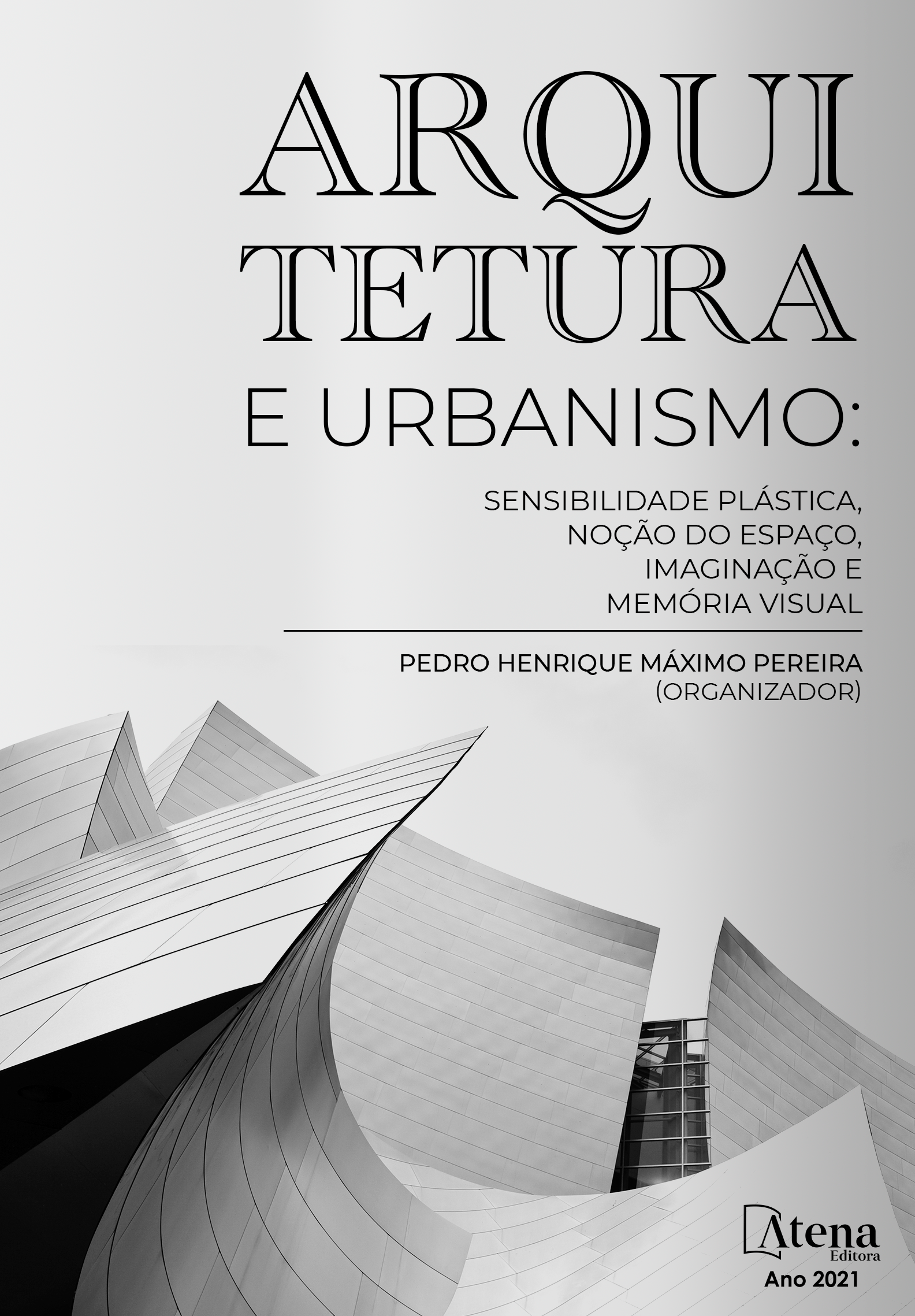
O MUNICÍPIO COMO LOCAL DE DEFESA DO PATRIMÔNIO AVENIDA FREI SERAFIM (TERESINA-PI): LEITURAS POSSÍVEIS DO SEU DESENHO URBANO
A pesquisa ora apresentada tem como tema principal as “leituras possíveis do desenho urbano da Avenida Frei Serafim”, localizada na cidade de Teresina (PI), onde aborda a morfologia, paisagem urbana e patrimônio. O objeto de estudo deste projeto de pesquisa é uma das principais artérias da cidade, por onde passam, diariamente, pessoas de todas as zonas da cidade. Entretanto, para além desta avenida física, insinua-se um lugar de memória, sensível e pulsante, de onde será possível perceber a cidade e discutir a problemática da questão patrimonial em Teresina. Como objetivos, procura-se através de uma análise histórica, social e política, compreender como o traçado da avenida e as suas modificações ao longo do tempo refletem diferentes momentos históricos, com ênfase na análise da forma urbana da avenida nas décadas de 1940, 1960, 1970 e 1980. A Avenida possui um rico histórico, revelador de importantes contextos da história brasileira, como os preceitos estadonovistas, o projeto desenvolvimentista dos anos JK, e a Ditadura Civil-Militar. Daí sua importância dentro da história da cidade, tanto como cenário planejado, quanto como palco de situações reais e imperfeitas. Utiliza-se como aporte teórico conceitos dos urbanistas Gordon Cullen com sua definição de paisagem urbana e as diferentes formas de analisá-la, Kevin Lynch, e suas análises sobre a ligação entre o cidadão e a cidade, Jane Jacobs com conceitos e reflexões sobre a ocupação do espaço urbano e Garcia Lamas por meio de suas definições de morfologia urbana, além de levar em consideração as pesquisas de Silvia Zanirato no que diz respeito ao patrimônio e à identidade na cidade. Com a justificativa de levantar discussões sobre o assunto e contribuir com novas informações acerca do que já foi elaborado como pesquisa e publicado, busca-se através das análises, trazer uma reflexão por parte da população sobre a cultura de vivenciar a cidade, além de provocar indagações sobre como as mudanças físicas do espaço são influenciadas, mesmo que indiretamente, por mudanças nas relações humanas, através das memórias e histórias ali vivenciadas. Esse trabalho permitirá perceber que “a cidade se apresenta como uma escrita coletiva” (ROLNIK, 1995), ou seja, que sobre ela incidem práticas de agentes como os sujeitos comuns, o Estado e o Capital econômico, considerando ainda a fala de Ítalo Calvino: "jamais se deve confundir uma cidade com o discurso que a descreve. Contudo, existe uma ligação entre eles" (CALVINO, 1990). É neste ponto de tensão, entre as diversas práticas e representações sobre a cidade, que a pesquisa se desenvolveu, permitindo dar luz às múltiplas representações que se sobrepõem - a avenida: idealizada, projetada, vivida, praticada e esquecida.
O MUNICÍPIO COMO LOCAL DE DEFESA DO PATRIMÔNIO AVENIDA FREI SERAFIM (TERESINA-PI): LEITURAS POSSÍVEIS DO SEU DESENHO URBANO
-
DOI: 10.22533/at.ed.90121231111
-
Palavras-chave: Frei Serafim, Morfologia Urbana, Patrimônio
-
Keywords: Frei Serafim, Heritage, Urban Morphology
-
Abstract:
The research presented here has as its main theme the “possible readings of the urban design of Frei Serafim Avenue”, located in the city of Teresina (PI), where it addresses morphology, urban landscape and heritage. The object of study of this research project is one of the main arteries of the city, through which people from all parts of the city pass daily. However, beyond this physical avenue, a sensitive and pulsating place of memory is insinuated, from where it will be possible to perceive the city and discuss the issue of heritage issues in Teresina. As objectives, we seek through a historical, social and political analysis, to understand how the layout of the avenue and its changes over time reflect different historical moments, with an emphasis on the analysis of the urban form of the avenue in the 1940s and 1960s , 1970 and 1980. The Avenue has a rich history, revealing important contexts of Brazilian history, such as the Estado Novo precepts, the developmental project of the JK years, and the Civil-Military Dictatorship. Hence its importance within the city's history, both as a planned setting and as a stage for real and imperfect situations. It uses as theoretical contribution concepts of urban planners Gordon Cullen with his definition of urban landscape and the different ways of analyzing it, Kevin Lynch, and his analysis on the connection between the citizen and the city, Jane Jacobs with concepts and reflections on the occupation of urban space and Garcia Lamas through their definitions of urban morphology, in addition to taking into account the research of Silvia Zanirato regarding heritage and identity in the city. With the justification of raising discussions on the subject and contributing with new information about what has already been developed as research and published, it is sought through the analyzes to bring a reflection by the population about the culture of experiencing the city, in addition to provoking questions about how physical changes in space are influenced, even if indirectly, by changes in human relationships, through memories and histories experienced there. This work will allow realizing that "the city presents itself as a collective writing" (ROLNIK, 1995), that is, that it focuses on the practices of agents such as common subjects, the State and Economic Capital, also considering the speech of Italo Calvino : "one should never confuse a city with the discourse that describes it. However, there is a connection between them" (CALVINO, 1990). It is at this point of tension, between the various practices and representations about the city, that the research will be developed, allowing for the birth of multiple overlapping representations - the avenue: idealized, designed, lived, practiced and forgotten.
-
Número de páginas: 13
- Pamela Krishna Ribeiro Franco Freire
- RENATA BEATRIZ ALVES DE MELO


